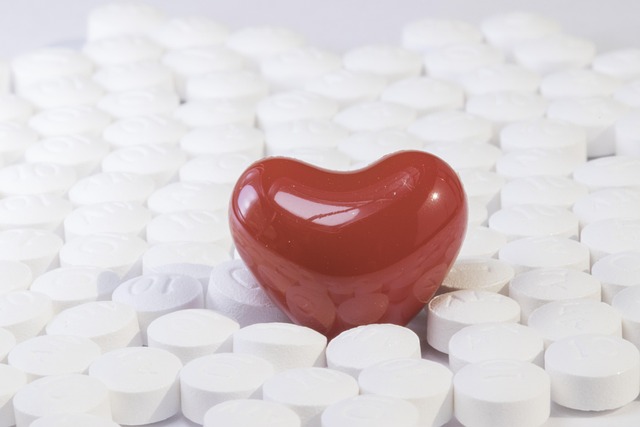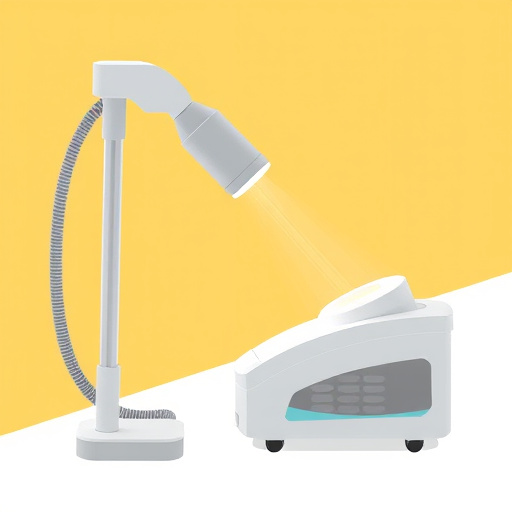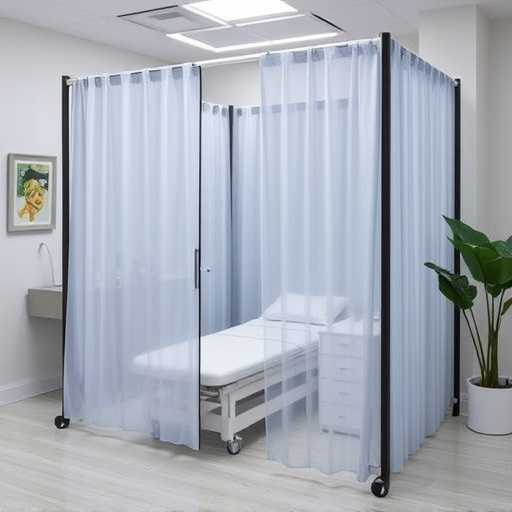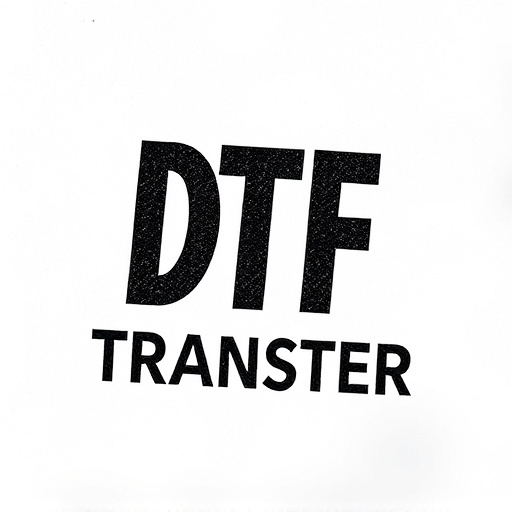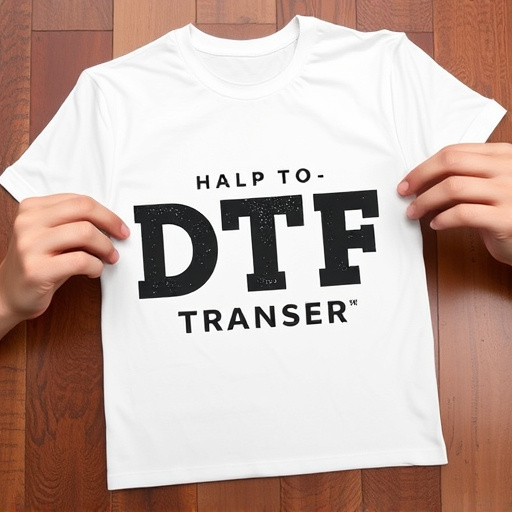Direct to Film (DTF) printing requires precise temperature control for optimal results. The ideal range is 54°C to 66°C (130°F to 150°F), ensuring proper film emulsion cure and vibrant, sharp prints. Factors like film type, melting point, humidity, preheating, and coating preparation influence temperature settings. Beginners should avoid over-heating, which can cause distortions, while too low temperatures may result in poor adhesion. Calibrated equipment, a controlled environment, regular cleaning, and adequate drying time enhance DTF print quality.
“Unleash the magic of film transfers with the perfect temperature settings! This comprehensive guide is your go-to resource for understanding and mastering DTF (Direct to Film) transfer processes. From unraveling the unique material requirements to optimizing print quality, we’ll explore the ideal temperature range and factors influencing these settings. Learn about preheating techniques, coating preparation, and common mistakes to avoid. Get ready to consistently achieve stunning DTF prints that pop with color and precision.”
- Understanding DTF Transfer and Its Material Requirements
- Optimal Temperature Range for DTF Printing
- Factors Influencing Ideal Temperature Settings
- Preheating and Coating Preparation
- Common Mistakes to Avoid with Temperature Settings
- Tips for Achieving Consistent, High-Quality DTF Prints
Understanding DTF Transfer and Its Material Requirements

Understanding DTF Transfer and Its Material Requirements
Direct to film (DTF) transfer is a specialized printing process that enables the creation of high-quality, intricate prints on various materials. This method is particularly favored for its ability to produce accurate, detailed replicas of original art, photographs, or graphics. To ensure optimal results with DTF transfers, it’s crucial to align your temperature settings with the specific material being used. Different substrates, such as fabric, paper, or wood, require distinct heat levels during the transfer process.
DTF printing involves heating the film to a precise temperature, allowing the ink to melt and fuse with the receiving surface. Temperature plays a pivotal role in determining the quality of the final print—too low, and the ink may not adhere properly; too high, and it could cause damage or discoloration. Therefore, understanding your DTF material’s heat requirements is paramount. Each substrate has its ideal temperature range for successful transfer, ensuring vibrant colors, crisp lines, and long-lasting durability in your DTF prints.
Optimal Temperature Range for DTF Printing

When it comes to achieving high-quality results with Direct to Film (DTF) transfers, temperature plays a pivotal role. The optimal temperature range for DTF printing typically falls between 130°F and 150°F (or 54°C to 66°C). This range ensures that the film emulsion properly cures, resulting in sharp, vibrant prints without any smudging or fading. Exceeding this range can lead to over-curing, causing the film to become brittle and difficult to handle, while temperatures below the recommended level may result in insufficient curing, yielding prints of lower quality.
Maintaining a consistent temperature throughout the printing process is crucial. Using a heated press or a controlled environment can help regulate the temperature, ensuring that each DTF transfer receives the optimal heat exposure. This precision allows for detailed and accurate reproductions, making it ideal for both hobbyists and professionals looking to create high-fidelity film prints.
Factors Influencing Ideal Temperature Settings

When setting the temperature for a DTF (Direct-to-Film) transfer or printing process, several factors come into play. The ideal heat level is crucial to ensure optimal adhesion and long-lasting results. One key consideration is the type of film being used; different materials have varying melting points and compatibility with specific temperatures. For instance, higher temperatures might be required for more robust films to achieve a secure bond with the substrate.
Additionally, the thickness of the film layer and the surface of the base material can impact temperature settings. Thicker films or those applied to textured surfaces may demand precise temperature control to prevent damage or uneven heating. Environmental conditions, including humidity levels, also play a role. High humidity can affect the drying process, potentially leading to more intricate temperature adjustments to ensure optimal DTF prints.
Preheating and Coating Preparation
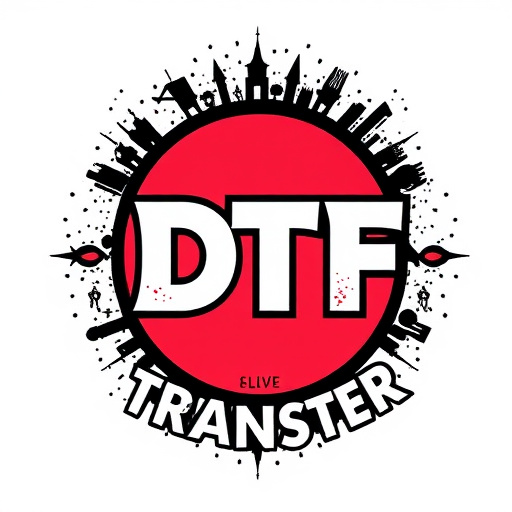
Before applying any film transfers, preheating is a crucial step to ensure optimal adhesion and durability. The ideal temperature for preheating varies depending on the specific DTF (Direct-To-Film) transfer material, but generally ranges between 50°C to 70°C (122°F to 158°F). This process helps activate the adhesive properties of the film, allowing it to bond effectively with the substrate. It’s essential to follow the manufacturer’s guidelines for preheating time and temperature to achieve the best results.
Coating preparation is another critical aspect that influences the final quality of DTF prints. The surface of the substrate should be clean, free from dust or grease, and slightly dampened to facilitate a smooth application. A light coating of water or a specialized release agent can aid in this process, ensuring the film glides on effortlessly without any bubbles or wrinkles. This step is especially important for intricate designs or fine details, as it prevents the DTF transfer from sticking unevenly, resulting in high-quality, crisp prints.
Common Mistakes to Avoid with Temperature Settings
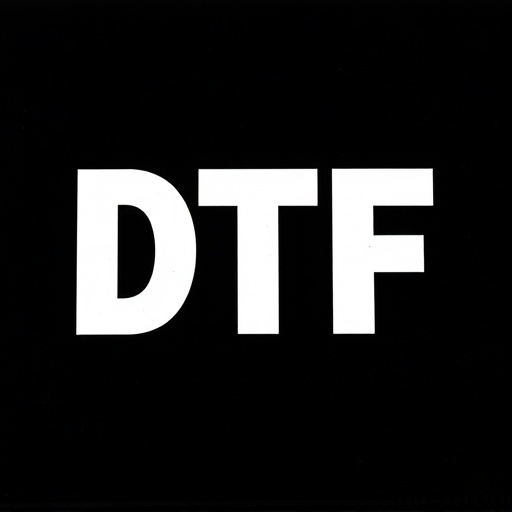
When working with film transfers and DTF (Direct to Film) printing, understanding temperature settings is crucial for achieving high-quality results. A common mistake many beginners make is assuming higher temperatures always yield better prints. However, this isn’t always true; excessive heat can cause distortions, color shifts, or even burn the original film, especially with delicate materials. Conversely, too low a temperature may result in inadequate adhesion or incomplete fusing of the ink to the substrate.
Another error to avoid is not considering the specific requirements of different types of films and transfers. Each material has its own optimal temperature range for ideal transfer. Ignoring these guidelines can lead to smudging, bubbling, or other imperfections in your final DTF prints. Remember, precision in temperature control is key; always refer to the manufacturer’s instructions and test on scrap materials before applying settings to your actual film transfers.
Tips for Achieving Consistent, High-Quality DTF Prints
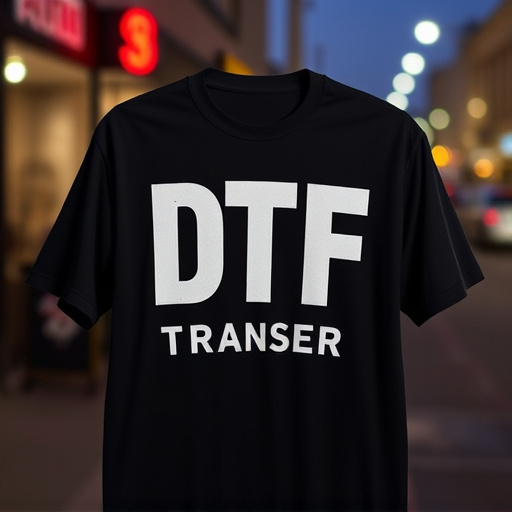
Achieving consistent, high-quality DTF (Direct to Film) transfers requires a few key tips. First, maintain a controlled environment with stable temperature and humidity levels. Using a temperature range between 65°F to 75°F (18°C to 24°C) is recommended for optimal results. This ensures the film and paper remain consistent throughout the transfer process, minimizing warping or smudging.
Additionally, ensure your equipment is well-calibrated, especially the printer and scanner settings. Regularly clean your work area and materials to prevent dust or debris from affecting the print quality. Lastly, allow sufficient drying time after printing; this can vary based on the specific DTF transfer material but generally ranges from 24 to 48 hours for optimal adhesion and longevity of the prints.
